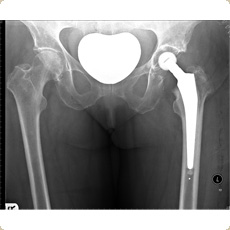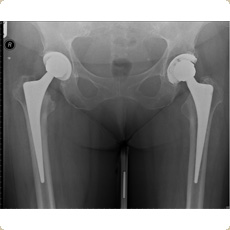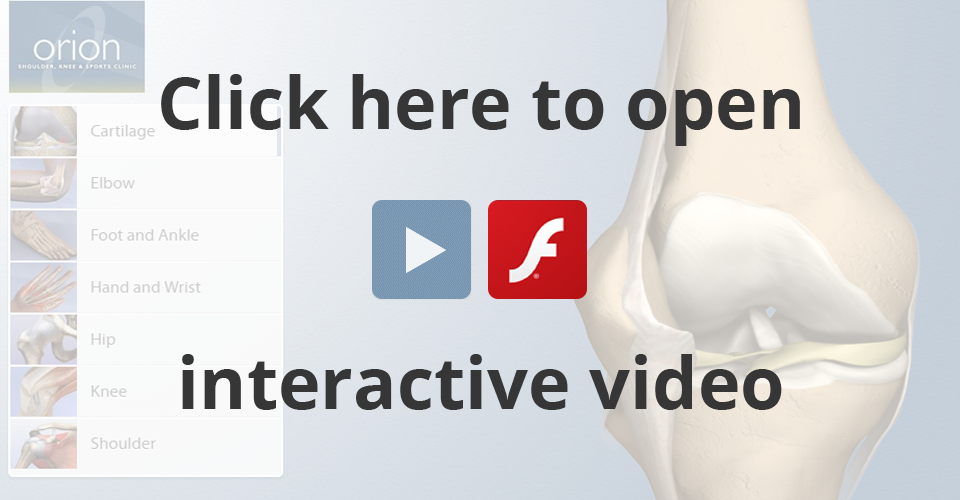Hip Replacement Surgery
This is one of the most common surgical procedures performed by Orthopaedic Surgeons. Hip arthritis is said to occur when the articular surfaces of both the socket as well as the ball of the hip joint are completely worn out which results in exposure of the underlying bone. Patients present with pain, stiffness and have a very limited walking distance. The operation entails replacement of the worn out head with a stainless steel or ceramic ball which is attached to a metal shaft that is either cemented or implanted uncemented into the femur (the thigh bone). The worn out socket is replaced by a plastic cup which is cemented or a metal backed uncemented cup.

Cemented THR

Hybrid THR
Following hip replacement surgery there is an intensive course of physiotherapy to improve the range of hip movements as well as to improve mobility. In order to avoid deep vein thrombosis anticoagulant medication is given and patients are generally discharged within 5 days of having the operation done. Driving is not permitted for the first 6 weeks following surgery but the patient should be walking with only one stick at that point of time. Routine yearly follow up is done to ensure that the prosthesis is behaving itself.
- Hip Replacement Surgery
- Hip Resurfacing
- Knee Replacement Surgery
- Shoulder Replacement Surgery
More about Joint Replacement...

Contact Us Directly
Sarah Morris, Secretary to Mr PimpalnerkarReferral forms to download:
